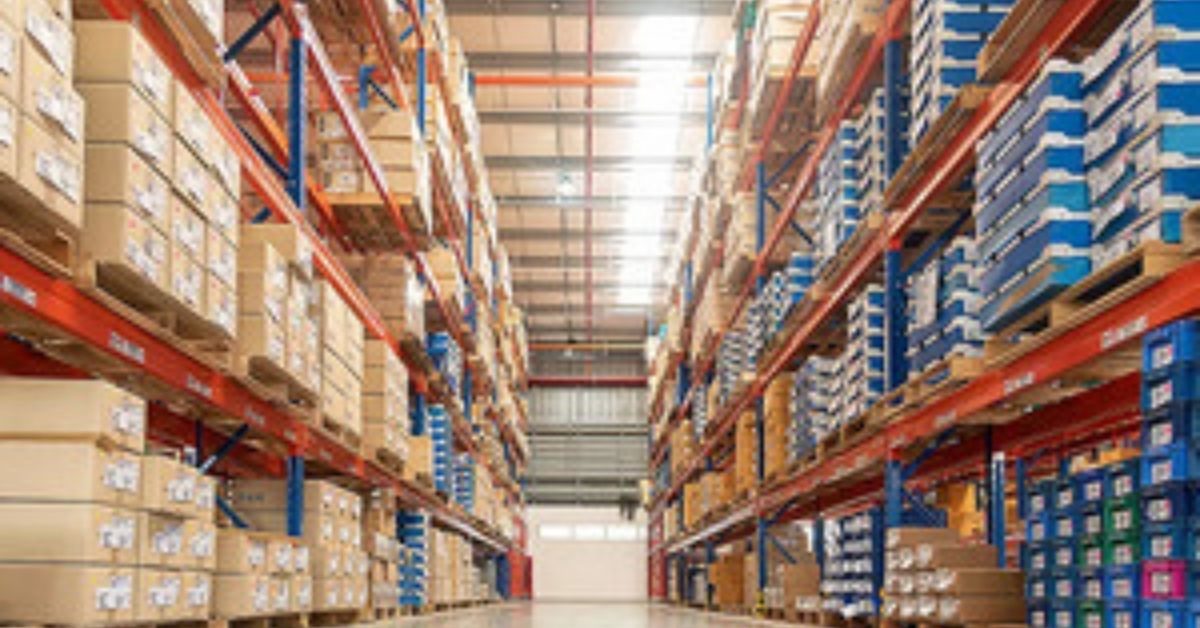Despite rising raw material costs and global inflationary pressures, demand from consumers has led to a rapid V-shaped recovery with double-digit growth in the warehousing sector. The demand, in fact, is expected to breach previous all-time highs by the end of the year, say experts.
Pre- and post-pandemic demand
The first three quarters of this calendar year saw an all-time high net absorption of 28 million sq ft of warehousing space. In comparison, net absorption declined by 12 million sq ft during the pandemic year from pre-pandemic levels.
“A yearly growth of 48 per cent was seen in 2019 with net absorption of about 25 million sq ft, while in the pandemic year of 2020, the net absorption in the first three quarters dropped to 13 million sq ft,” said Chandranath Dey, head of Operations, Logistics & Industrial, JLL India.
However, the sector grew by 45 per cent in the first nine months of this calendar year. Also, net absorption could reach an all-time high of 43 million sq ft by 2022-end as businesses open up and consumer demand improves, he added.
With the integration of technology and digitalisation, it has become much easier to maintain these facilities and streamline operations, causing a boom in the entire logistics sector, said Harsh V Bansal, Convenor, CII Delhi Sub-committee on Real Estate, Urban Development and Infrastructure.
Daljit Singh, Head of Marketing, NDR Warehousing, said warehousing had grown in healthy double digits since GST was introduced, and witnessed a much higher growth post pandemic, especially for larger boxes, and primarily driven by the e-commerce and retail sectors.
Rental increments
With increased raw material costs and global headwinds, the warehousing sector has witnessed a hike in rentals due to increased traction and growing demand across the country.
Dey said warehousing rentals remained stable during the pandemic, but rose 3-4 per cent between 2021 and so far in 2022 as the net space taken up by occupiers increased.
At the same time, several warehousing construction projects had to be stalled as inflationary pressure rendered them unviable. This led to a shortage of fresh storage space, further spiking rentals.
“After a lull during the pandemic period of financial year 2021, rents rose across all the top 8 markets during FY22 with Mumbai seeing a rental increase of 9 per cent followed by Kolkata at 8 per cent YoY,” said Vivek Rathi, Director research, Knight Frank India.
Industry reports say warehousing rents in Mumbai, Bengaluru and Delhi-NCR rose by an average 7.2 per cent during the last fiscal year. Delhi-NCR and Mumbai were the top two cities in actual leasing numbers, said Bansal.
Sectors with increased demand
Third-party logistics, retail, electronics & white goods, pharma and manufacturing (auto parts & engineering) segment, have seen the largest share in total space taken up, say experts.
“Absorption by e-Commerce has relatively tapered down for a short period because of the enormously high take-up of space to cater to the high demand during the pandemic period,” said Dey.
Tier-2 city demand
As the economy continues to grow, the consumption-driven retail, FMCG, electronics and white goods segments will have a sizable demand over the years. Moreover, tier-2 and 3 cities are providing sustained demand for warehousing spaces especially, post pandemic.
Owing to the steep digital penetration, non-tier-1 cities are serving as major consumption markets and have spurred the demand for warehousing. This upward swing is driven by newer trends like in-city warehousing, build-to-suit units, automation and technological advancement, said Anshul Singhal, MD, Welspun One Logistics Parks.
“The demand for warehousing in tier-2 and 3 cities has started to pick up post Covid-19 and the last-mile delivery trend has picked up steam on the back of a major shift in consumer patterns and preferences,” said Niranjan Hiranandani, MD Hiranandani group.
The advantages of low rentals, availability of cheaper manpower, low capitalisation, and high vacancy levels are driving growth in tier-2 and 3 cities as increase in digital adoption in e-commerce seen players in this sector decentralise their warehousing spaces, added Hiranandani.
Government initiatives
Government initiatives such as the National Logistics Policy and the PM Gati Shakti scheme have driven logistics and warehousing demand across the country.
Dey said the National Logistics Policy aims to reduce transportation costs which currently have a huge share in total logistics costs and will assist in the standardisation of the warehousing sector and augment warehouse capacity.
“Government policies and schemes like the Production Linked Incentive (PLI), GST, PM Gati Shakti, and the National logistics policy have further encouraged the expansion of the warehousing sector,” said Singhal.
Demand for warehousing spaces has increased due to Make in India, Atmanirbhar Bharat, and Vocal for Local programmes and the logistics and warehouse operations are anticipated to grow as a result of this combination of operations, said V Bansal.
Net absorption of warehousing spaces in last 5 years (in mn sq ft)
2018 – 32%
2019 – 36%
2020 – 22%
2021 – 39%
2022 (projections) 42-43%








